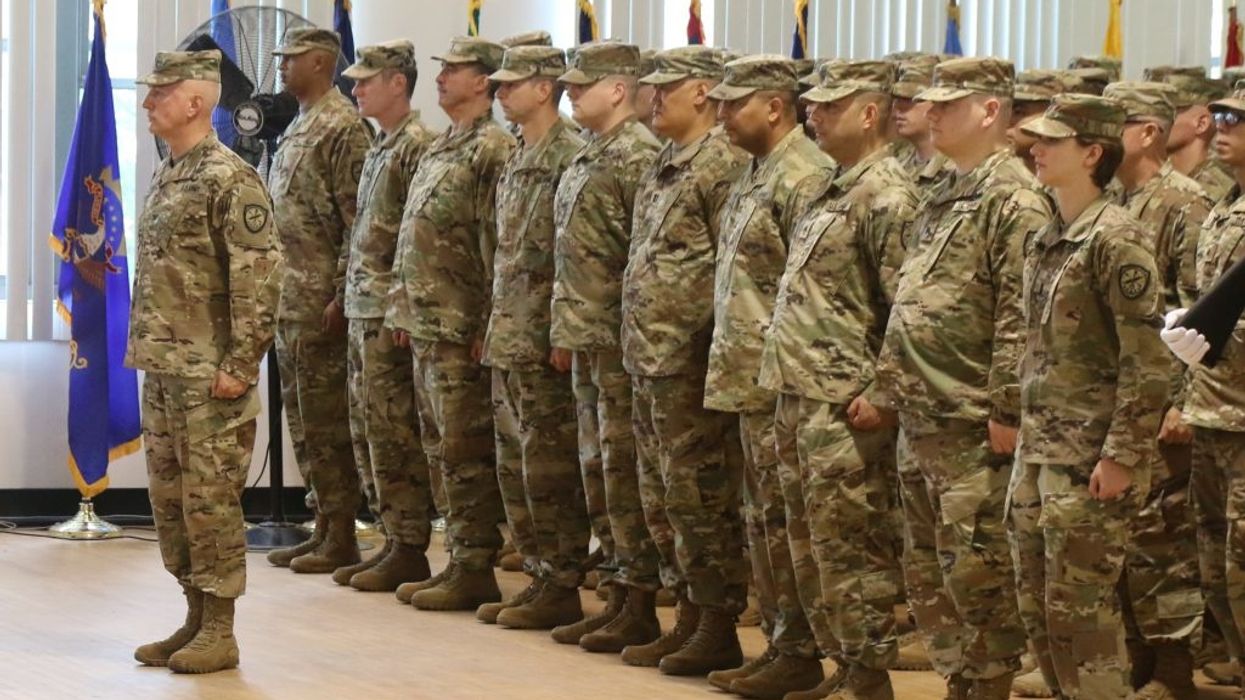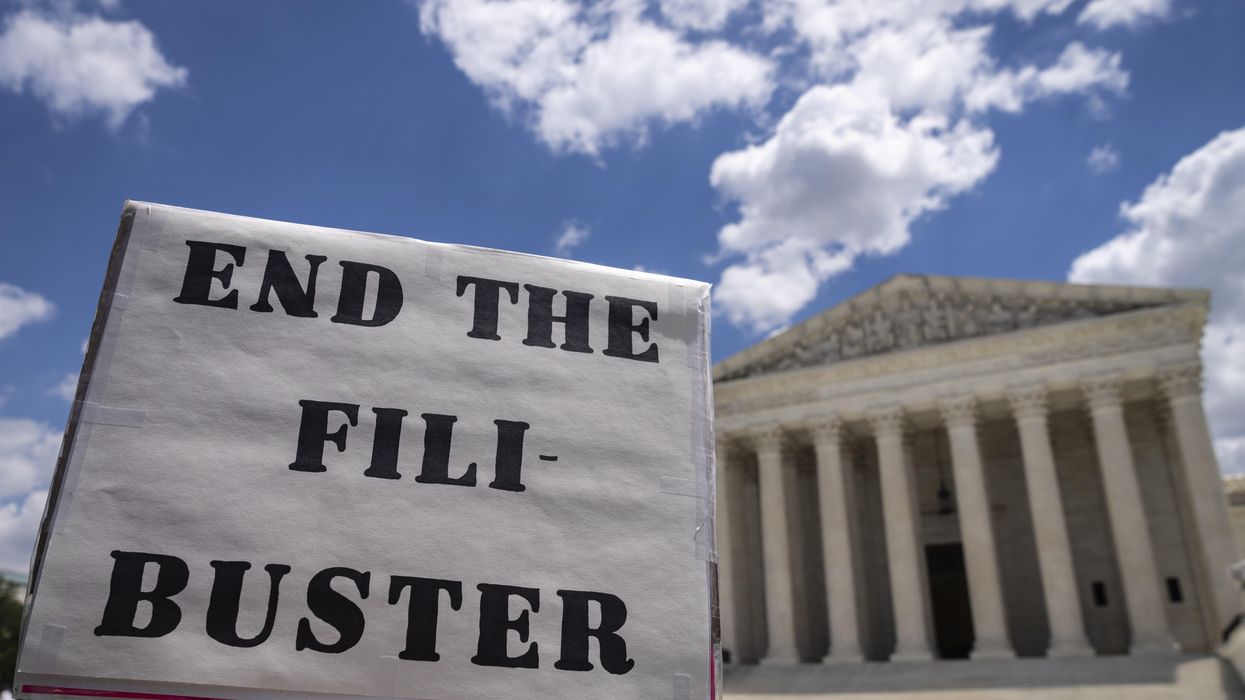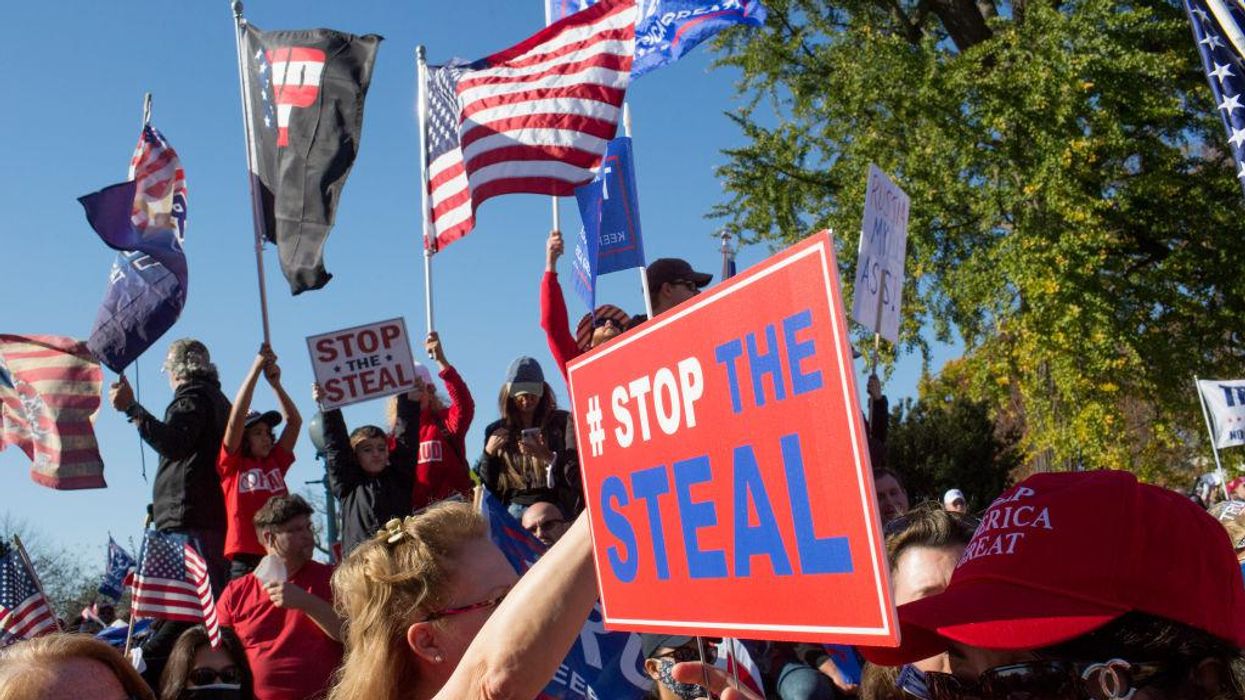The Fulcrum strives to approach news stories with an open mind and skepticism, striving to present our readers with a broad spectrum of viewpoints through diligent research and critical thinking. As best we can, remove personal bias from our reporting and seek a variety of perspectives in both our news gathering and selection of opinion pieces. However, before our readers can analyze varying viewpoints, they must have the facts.
Before President Trump called up the military to stop the L.A. riots this week, has the military ever been called upon to stop protests in the United States?
The military has been deployed to quell protests in the U.S. multiple times throughout history. Some notable instances include:
- The New York City Draft Riots (1863): Federal troops, including battle-hardened veterans from Gettysburg, were sent to restore order during violent protests against the Civil War draft.
- The Bonus Army (1932): President Herbert Hoover ordered the military, led by General Douglas MacArthur, to disperse World War I veterans demanding early payment of promised bonuses.
- The Civil Rights Movement (1950s-1960s): Presidents Eisenhower and Kennedy deployed federal troops and the National Guard to enforce desegregation and protect civil rights activists.
- The Rodney King Riots (1992): President George H.W. Bush invoked the Insurrection Act to send federal troops to Los Angeles after riots erupted following the acquittal of police officers who had beaten Rodney King.
- Hurricane Hugo (1989): Federal troops were deployed under the Insurrection Act to assist in riot control and looting prevention in the aftermath of the hurricane.
What is the legal framework that allows the President to deploy the military? :
The legal framework governing military deployment in U.S. protests is shaped by several key laws:
- The Posse Comitatus Act (1878): This law generally prohibits the use of federal military forces for domestic law enforcement unless explicitly authorized by Congress or the Constitution.
- The Insurrection Act (1807): This allows the president to deploy federal troops to suppress insurrections, enforce federal laws, or restore order when state authorities are unable or unwilling to do so.
- Title 10 of the U.S. Code: This grants the president authority to federalize the National Guard in cases of rebellion or when regular law enforcement is insufficient.
- 10 U.S.C. § 12406: This provision allows the president to call up the National Guard if there is a rebellion or if federal laws cannot be enforced with existing resources.
- The Protective Power Doctrine: Some administrations have argued that the president has inherent constitutional authority to deploy troops to protect federal personnel and property, even without invoking the Insurrection Act.
Is the legal framework that allows the President to use the National Guard to stop protests different then the framework for using the military?
The legal framework for the use of the National Guard versus the military in response to domestic unrest is different.
- National Guard Deployment: The president can activate the National Guard under Title 10 of the U.S. Code, placing them under federal control. This is often done to enforce federal laws or respond to emergencies. However, governors typically control their state’s National Guard under Title 32, meaning they must request federal assistance unless the president overrides them.
- Military Deployment: The Posse Comitatus Act (1878) generally prohibits the use of federal military forces (Army, Navy, Marines, Air Force, Space Force) for domestic law enforcement unless expressly authorized by Congress or the Constitution. The Insurrection Act (1807) is an exception that allows the president to deploy active-duty military personnel if there is an insurrection or widespread violence that state authorities cannot control.
Are the scale of the protests and the commensurate damage and violence much less today than in the other historical examples
The scale of the current unrest in Los Angeles appears to be less destructive than some of the historical examples, but tensions remain high. Reports indicate that protests against federal immigration enforcement have led to vandalism, clashes with law enforcement, and the destruction of property, including five self-driving Waymo vehicles. National Guard troops have been deployed, marking the first federal intervention in Los Angeles without a governor’s request since 1965.
While the damage is significant, it does not yet match the widespread destruction seen in events like the Rodney King riots (1992) where there were 63 deaths and 12,000 arrests or the New York City Draft Riots (1863). However, concerns remain about escalation, as residents fear further violence. Would you like a deeper comparison of the economic impact or law enforcement response across these events?
Where the previous examples were with the support of the Governor of the State
In many cases, governors requested federal assistance, but there have been instances where the president deployed troops without state approval:
Requested by Governors:
- Little Rock, Arkansas (1957): Governor Orval Faubus initially resisted desegregation, but after federal intervention, troops were sent to enforce court orders.
- Los Angeles Riots (1992): California Governor Pete Wilson requested federal troops to restore order after widespread violence.
- Hurricane Katrina (2005): Louisiana Governor Kathleen Blanco requested federal military assistance for disaster relief.
Without Governor Support:
- The Bonus Army (1932): President Hoover ordered the military to disperse protesting veterans in Washington, D.C. without a governor’s request.
- Recent Los Angeles Protests (2025): President Trump federalized the California National Guard and deployed Marines despite objections from Governor Gavin Newsom.




















